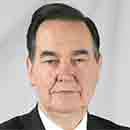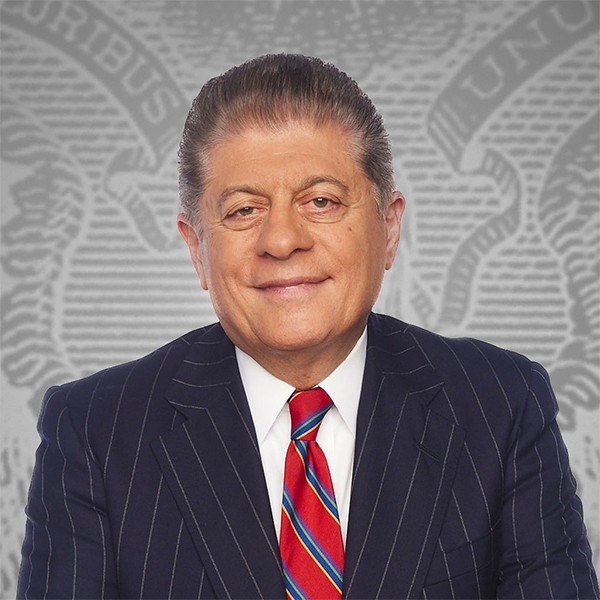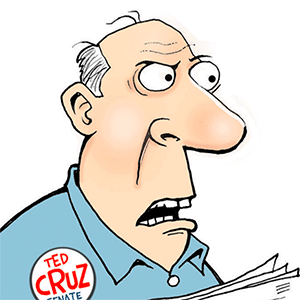Commentary: A more effective way to confront China's growing aggression
Published in Op Eds
One of the central weaknesses of the Biden administration’s national security policies was its reliance on the concept of “integrated deterrence” to prevent aggressive actions by the People’s Republic of China.
The strategy entailed building robust alliances in the Indo-Pacific, forward-deploying greater numbers of U.S. military assets to the region, and a tighter integration of military capabilities across the full spectrum of warfare.
But this approach only works if the United States can also credibly wage and win a war against China and prevent its regional and global military ambitions. In this respect, the Biden administration was far less successful.
There are four major areas the Trump administration should focus on to make deterrence as well as U.S. war-fighting strategies more successful.
The military challenge of China is an order of magnitude greater than any military threat the United States has ever faced. Over the last decade, it has consistently increased its military budget by 7% every year—far more than the United States—and has dramatically grown its military forces in every respect.
It now fields the largest navy in the world and the largest missile force on the planet. Similarly, the PRC is the world’s fastest growing nuclear power, and today fields more tactical weapons in Asia than does the United States. All of this is part of China’s strategy to deter and, if necessary, deny any potential U.S. military actions within the region.
Due to these developments, the United States must grow the size of its military overall—to include conventional forces relevant to deterring Chinese aggression, such as ships, combat aircraft, and logistical support systems—and aggressively address retention and recruiting problems across the force.
The second area requiring attention is the “missile gap” between the munitions available in U.S. inventories and those required to successfully prosecute U.S. war plans against China. While many of these munitions have been used in the war in Ukraine and in operations in the Middle East, the paucity of industrial capacity to build required munitions on a scale necessary for a future possible conflict is alarming.
While some production lines have been opened in response to war-fighting requirements in Ukraine and some procurement orders have been given multi-year contracts, more must be done. Similarly, the ability to build additional conventional capabilities while also refitting and refurbishing existing platforms is also disturbingly low. Reindustrializing U.S. military infrastructure should be a priority for the Trump administration.
The third area requiring greater attention is preparing for the mass mobilization of reservists if war with China were to break out. A significant portion of existing active-duty weapons platforms require reserve help in order for them to work and deploy.
Existing reserve centers lack sufficient personnel to process such a large mobilization and the services vary in their ability to track former reserve members, who may also need to be called up, in the event of large-scale conflict. Further, many reservists also work in industries necessary for war so a focused look at the implications of full-scale mobilization also needs to be undertaken.
The final area requiring greater attention is closely examining how a full decoupling of the U.S. and Chinese markets would look like in a war time environment. Far too many components, parts, and even rare earth elements are controlled or influenced by the PRC and its government-controlled companies. In a war-time scenario, the absence of these crucial items could prove disastrous to the war-fighting ability of the United States.
A credible policy of deterrence can only exist if the ability to wage and win a war against an opponent is also viable. This can only be done through the growth of U.S. military forces, addressing significant munition shortfalls, making sure reservists can be mobilized at scale and quickly, and that U.S. military capabilities can continue to fight if access to the Chinese market is curtailed.
The Trump administration needs to focus on rebuilding the war-fighting abilities of the United States to make America safe again. If not, catastrophe could await our armed forces.
____
Daniel R. Green, Ph.D., is a Research Fellow at The Heritage Foundation. He served as the Deputy Assistant Secretary of Defense for Strategy and Force Development from 2019-2021. He is the co-editor of “Confronting China: U.S. Defense Policy in an Era of Great Power Competition” (Bloomsbury, 2024). These views are his own and do not necessarily represent the U.S. Department of Defense.
_____
©2025 Tribune Content Agency, LLC.




























































Comments